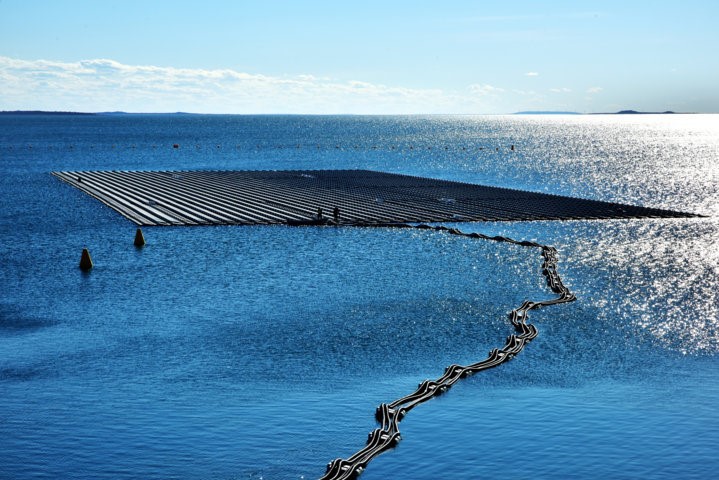Report published in the 10th edition of Canal Solar Magazine
With investments of R$ 273.5 million until 2024, Chesf (Companhia Hidro Elétrica do São Francisco) develops R&D+I (Research, Development and Innovation) projects in Brazil, focusing on advancing studies of generation and transmission technologies electricity.
With sustainable energy transition as the main research objects, the company has been developing R&D+I projects at its Research Center, Cresp (Petrolina Solar Energy Reference Center), with a total investment of R$ 227.5 million. This is the case of the floating solar platforms in the Sobradinho (BA) and Boa Esperança (PI) reservoirs.
In both projects, the idea is to complete studies in a complementary way, analyzing and comparing the efficiency of power plants floating photovoltaics, in order to identify which ways the technology can be better used in Brazil, given that they have different bioclimates.
The respective plants are electrical generation projects with the conversion of solar energy, being installed over water, in reservoirs of hydroelectric plants, which allows complementary studies, instead of being installed on the ground or on roofs. To do this, it is necessary to use floats, which are the support structures for the photovoltaic modules on the water.
Currently, the Sobradinho platform, for example, in operation since 2019, is the largest R&D+I project in the country in solar generation on water. In total, the project has a total installed capacity of 1 MWp.
The energy production of the floating solar system will help in the power generation of the hydroelectric plant, providing a complementary energy source, a better use of the existing electrical infrastructure, sharing the transmission lines and the substation, in addition to causing a low level of environmental impact and cost optimization, among other benefits.
To prepare the project for the floating photovoltaic system in the plant's reservoir, technical data on generation, substation and transmission of electrical energy, geographical data of the lake, wind behavior, water flow speed and data from the lake at the floating island installation site.
Growth of technology
In 2018, projects involving floating solar plants totaled around 1.1 GW in global installed capacity and the expectation is for increasing growth as the years go by.
Currently, the technology already accounts for 1.6 GW on a global scale, with the promise of reaching the barrier of 4.8 GW by 2026, according to studies by the World Bank and the research company GIA (Global Industry Analysts). .
In an interview with Solar Channel, José Bione de Melo Filho, R&D+I manager at Chesf, gave more details about what the company's studies have already found about how the technology works and what contributions the research can bring to the Brazilian market in the coming years.
Check out the full interview and everything about Chefs' experience with floating plants by accessing the 10th edition of Canal Solar Magazine. Just click here.















